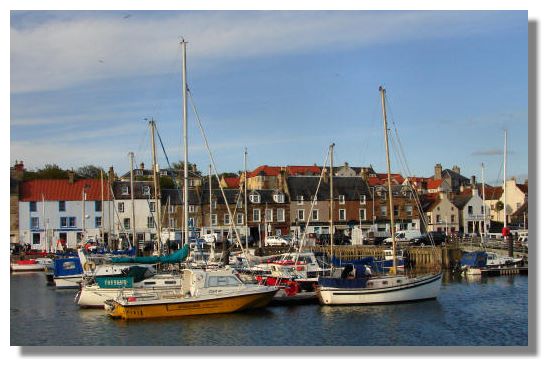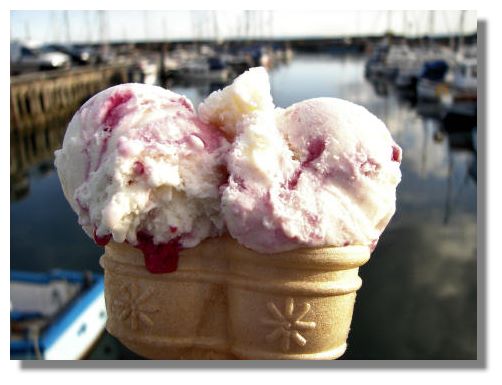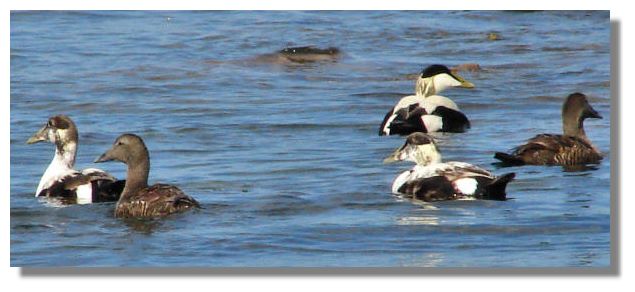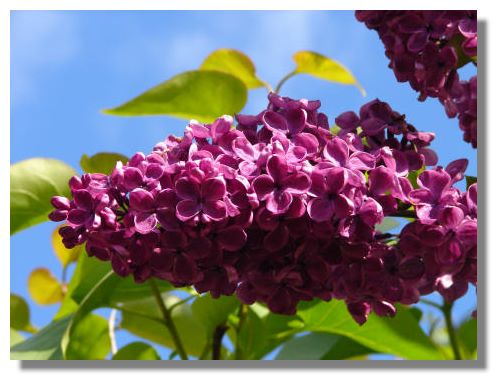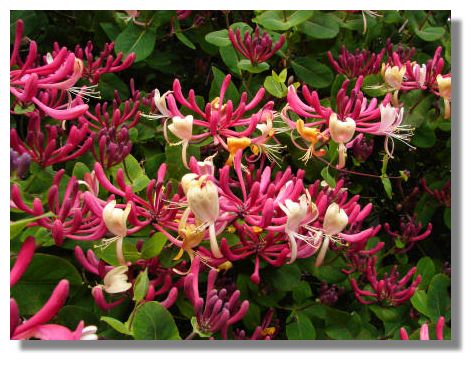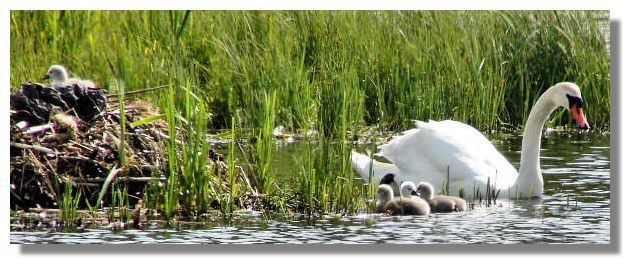Each week the Rampant Scotland Newsletter includes a number of photographs which illustrate the weather and the seasons, plus the flora and fauna of the current week around Scotland. This separate "colour supplement" displays some more pictures, in a larger format. Here is this week's crop of Scottish views!
Anstruther, in the East Neuk (corner) of Fife, was recorded as a fishing port as far back as 1225. By the end of the 19th century, well over 200 fishing vessels crowded into the harbour. After 1945, the fishing boats drifted away to Pittenweem. Today, the harbour is full again, but with leisure craft and the previous industry is remembered by the Scottish Fisheries Museum overlooking the water.
Although there are not many fishing boats based at Anstruther, the local restaurants make good use of the produce of the sea, notably the up-market "Craw's Nest" hotel and restaurant and the more down-market "Anstruther Fish Bar. The latter is a regular winner of the "Fish and Chip Shop of the Year" competition. It also sells some excellent ice-cream, seen here against the background of the harbour!
Eider ducks are extremely shy birds and steer clear of humans as much as possible. Quite understandable after all the centuries of persecution for their eider down! In the picture here (taken on the north Fife coast, adjacent to Kingsbarns Golf Course), the brown birds are the females, while the more colourful ones are the males. Those with the mottled colouring on their heads are younger male birds.
Cambo House gardens on the north coast of Fife has a "lilac walk" with a number of different types of lilac in various hues of lilac and white. The scent from many of these blossoms also fills the air.
Another heady source of perfume in the walled garden at Cambo House was these honeysuckle flowers. Their botanical name is "Lonicera", named for Adam Lonitzer (1528-1586), a German herbalist, physician and botanist who wrote a standard herbal text.
We have been waiting impatiently at Drumpellier Country Park for the appearance of the first of their cygnets. The female normally has to incubate the eggs for 36 days - and it seemed to be longer than! The cygnet on the left, on top of the nest was unwilling to clamber down and join its siblings. Eventually, mum swam had to clamber back up beside it while dad swan took the youngsters off for their first meal of weeds at the far side of the loch. No doubt hunger will drive the hesitant cygnet to overcome its reluctance to leave the nest. Swans show their young what to do - but don't actually feed them.
If you want to look back at earlier editions of this Colour Supplement, there is an Index Page
